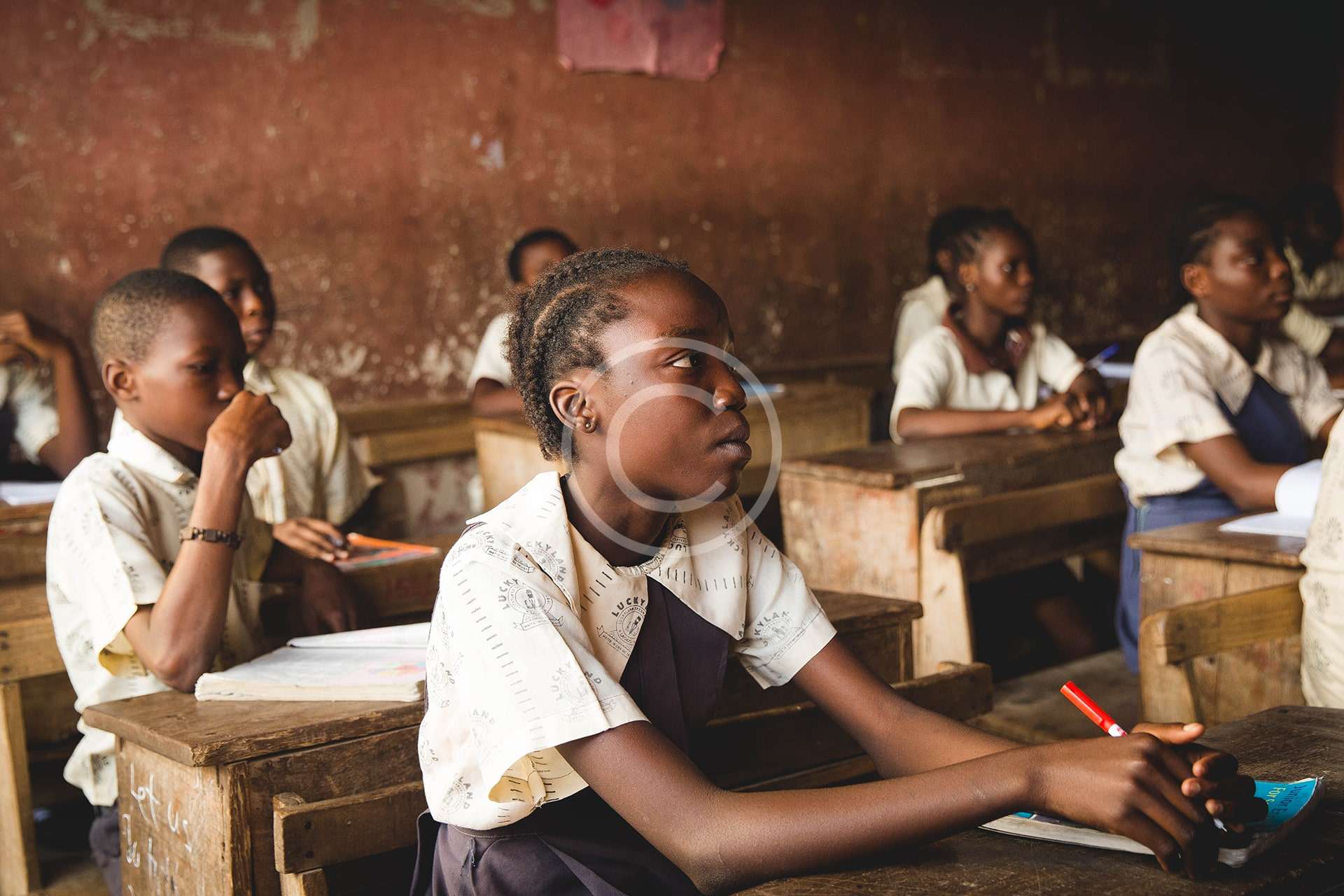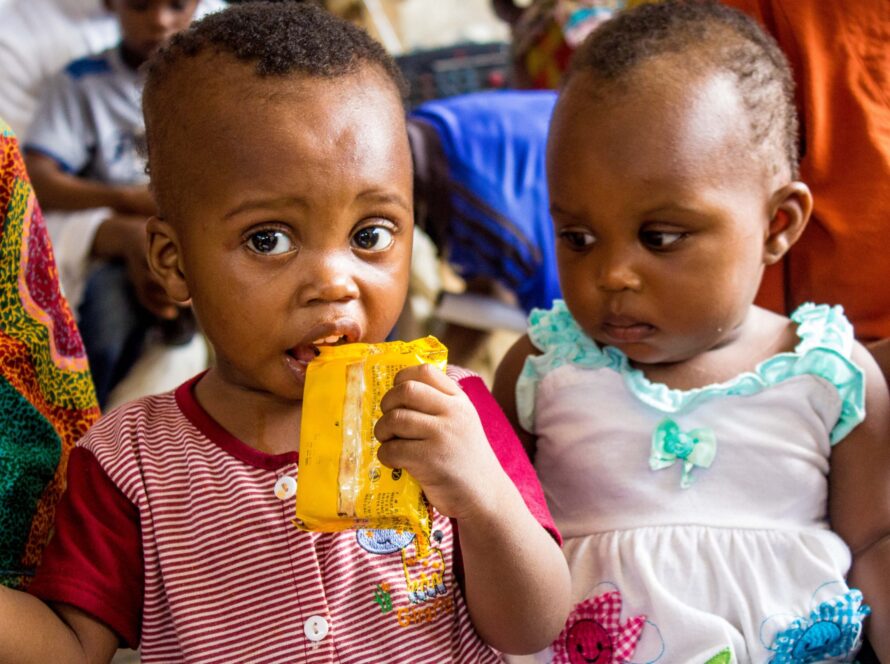Menstruation, starting in adolescence as part of puberty, can be defined as a natural physiologic process of monthly bleeding or shedding of a female’s uteral lining in her womb par vagina. However, it has become an important part of the growing issues contributing to the morbidity of the female population as it has a direct and indirect effect on their reproductive health and features, while adolescents are the most susceptible making up to one – quarter of the world’s population.
Menstruation is the major change that makes the difference because once it begins; it’s a monthly cycle that goes on for an average of 32 – 45 years in a female’s lifetime. Hence, it goes a long way to affect the female socially, academically, health wise and in other areas, bringing her not only into adulthood but Womanhood also encompassing Motherhood.
Menstruation, also known as period lasts about 2 to 7 days but on average 3 to 5 days, containing blood and tissue that exits her body through the cervix and vagina. The periods can be light, moderate, or heavy depending on the volume or amount of shedding from uterine lining and extra blood coming out of the vagina, normally about 80mls and this is called menstrual flow or menstrum.
Menarche is the onset of menstruation, a part of puberty. While menopause on the other hand is the permanent caseation of menstruation; the opposite of menarche and it occurs as a phase over the ages of 45 to 55 years.
Facts and figures on Menstrual Hygiene Management
1. More boys are enrolled in secondary school than girls (29%: 22%). (UNICEF Nigeria 2012)
2. Estimated 300 million women & girls menstruate each day. (Globalwaters.org)
3. More than 500 million women worldwide lack the basic for managing their menstruation before the COVID-19 pandemic. (Globalwaters.org)
4. UNESCO report; 1 in 10 girls in SSA misses school during their menstrual cycle = 20% of a given school year. (blogs.worldbank.org)
5. 29% of Nigerian population has access to basic sanitation services. (hacey.org)
6. 25% of women lack adequate privacy for menstrual hygiene management in Nigeria. (m.guardian.ng)
7. Sanitary pads cost an average of $1.30/pack. World Poverty report showed that Nigeria has about 86 million of her citizens living in extreme poverty. (m.guardian.ng)
Menstrual Hygiene Management (MHM) is the practices and activities done during menstruation to keep a good and healthy hygiene, which include; number of bath and external genitalia clean up times, materials used in the cleanup, number of change times of menstrual absorbent materials, methods of disposal of menstrual absorbent materials.
MHM can be constrained by practical, social, economic and cultural factors such as the expense of commercial sanitary pads, lack of water and latrine facilities, lack of private rooms for changing sanitary pads, and limited education about menstrual hygiene fact.
Whereas, effective menstrual hygiene and health has direct and indirect effect on achieving the then millennium development goals two (universal education), three (gender equality and women empowerment) and, five (improving maternal health), now sustainable development goals.
How to prepare for menstrual period
1. Proper Sanitary products: it can either be a disposable sanitary pad or reusable cups. (NB: Avoid clothes, Toilet rolls, cotton wool among others as they can serve as culture media for infections)
2. Good water supply, toiletries and toilet
3. Balanced diet
4. Clean clothes
5. Proper disposal of pads to prevent environmental pollution and protect against infections
Challenges faced by a girls and women during her period
1. Lack of access to information: Girls are generally less educated than boys. Some parents believe discussing menstruation with their girl child is a taboo.
2. Lack of access to social amenities like toilets, bathrooms, running water, waste disposal systems, sick bay, sanitary essentials media like radio, television, et cetera in the community, schools, religious houses and even some work places with women in their work force.
3. Poverty: this makes the girl child and female in general unable to access menstrual hygiene products such as sanitary pads and soap to clean up.
4. Psychological: social stigmatization and discrimination of a menstruating girl child is a real issue. Some girls are too embarrassed to discuss with their mother or teachers about their periods, while some are not allowed into certain religious and social gatherings, thereby isolating them.
5. Heavy/Painful menses can make a girl miss school or an adult female skip work.
All of this challenges can have adverse effect on the social, economic, educational and health aspect of the female and the world at large.
Materials used for absorbing menstrual blood and menstruation generally include;
sanitary pads (most hygienic but not necessarily most affordable or available),
Others are washable sanitary napkins, tissue/toilet rolls, tampons, cloths, rags, soft cup (a soft flexible plastic cap placed around the mouth of the uterus from which a small bag hangs that catches the menstruation blood, stay in place for 24 hours, then its disposed and replaced), keeper (a flexible cup of natural rubber used internally to catch menstrual blood and can last for at least ten years).
Menstrual hygiene is an important issue in menstruation that is insufficiently acknowledged and addressed. Poor personal hygiene and defective menstrual management practices give rise to repeated reproductive tract infections (RTIs), which are otherwise preventable. Complications are the result of inaccurate and incomplete information provided to females through limited sources, and these include, Gynecological problems including infertility, Toxic Shock Syndrome (TSS) – infection gotten from unhygienic tampon use, congestive dysmenorrhea. other consequences of poor menstrual hygiene include; Vulvo-Vaginal or body odour, Vulvo-Vaginal itching, Vulvo-Vaginal infections, Pelvic Inflammatory diseases, Infertility.
How to overcome these challenges?
1. Awareness programmes on social media, print media, community on Menstruation and its practices. Also, group discussions among menstruating girls and women to discuss their challenges. To add reproductive health as part of curriculum in schools.
2. Gender equality with access to education and other social amenities.
3. Access to free sanitary products: Government, Non-Governmental Organizations and other Stakeholders should work to support a girl child to access free sanitary products.
4. Proper disposal of sanitary products.
5. Access to Reproductive health clinic as part without the fear of embarrassment.
References
Agoyi M. O., Odeyemi K. A., Ogunyemi O. O., (2016) Knowledge, Attitude and Hygiene Practices Towards Menstruation And The Prevalence Of Menstrual Patterns And Disorders Among Adolescents In Secondary School In Ado-Odo Ota Local Government Area.
Dr. Aminat O. Jimoh, YDF Coordinator, MWAN Kaduna; Menstrual Hygiene Day 2020, Young Doctors Forum, Medical Women’s Association of Nigeria.
Standing Committee on Reproductive Health and Rights including HIV/AIDS of the Nigerian Medical Students’ Association (2020) “Menstrual Hygiene”, SCORA ONLINE AWARENESS CAMPAIGN.




